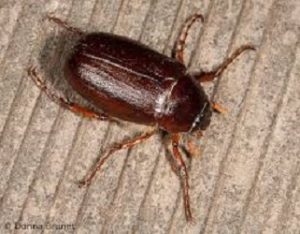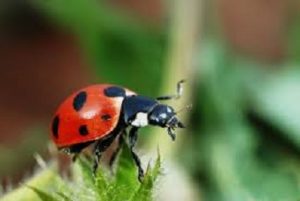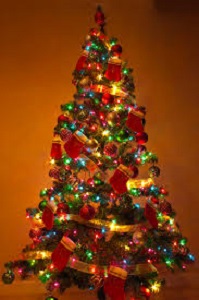
Summer nights are about enjoying the great outdoors whether on your back porch, patio, or pool deck. But this pleasant time can turn out to be a hassle due to the legion of bugs to worry about. One of the most troublesome bugs – at least for a few weeks each summer – is the so-called June bug. These large and clumsy beetles are attracted to nighttime light, so they can be a pest to any outdoor evening activity you have planned.
The term “June bug” isn’t a scientifically assigned name. Instead, it’s a common name applied regionally to a variety of different beetle species. The six most common are:
- European Chafer Beetle
- Green June Beetle
- Japanese Beetle
- Figeater Beetle
- Ten-Lined June Beetle
- Phyllophaga
June bugs are generally nocturnal. They spend their nights feeding on plants and breeding. They are attracted to nighttime light. They however are not aggressive and do not bite. So, except for being annoying these beetles are harmless to you and your pets.
However, the most common sign that June Bugs have become a problem are large brown patches in your lawn. These dead spots are caused by June bug grubs, which live underground, feeding on the roots of your grass. To inspect for these pests, cut out a section of the dead grass, turn it over, and look for white, C-shaped grubs.
Once you see adult June bugs, there’s little you can do to control the infestation that season. Therefore, it’s important to act early to kill June bug grubs before they can develop. Female June bugs start laying eggs in the soil as fall approaches. These eggs hatch into grubs that burrow further down into the soil where they spend the winter. That makes late summer and early fall the perfect time to treat your lawn with insecticide.
We at Southern Pest Control hope that this information was beneficial. Remember if you have an out of control pest problem in your home or outdoors, we are here to help. We have been in the Pest Control business for over 37 years serving the entire Gulf Coast Region. Please call us at 800 527-9832 if we can help. Please visit our website at www.southernpestcontrol.biz to meet our team of experts and learn more about our services.


